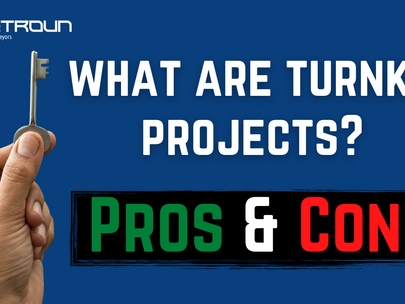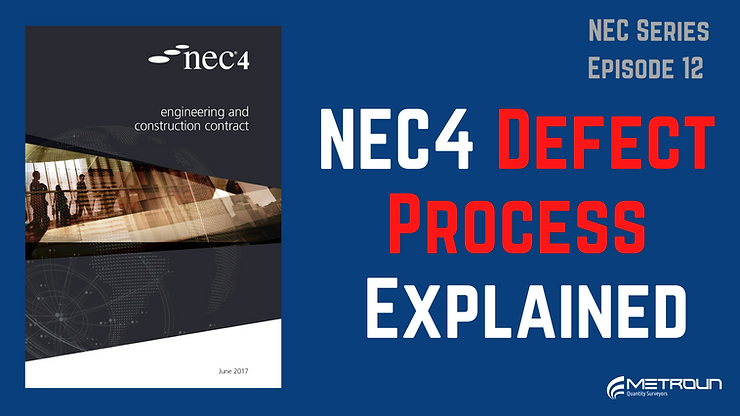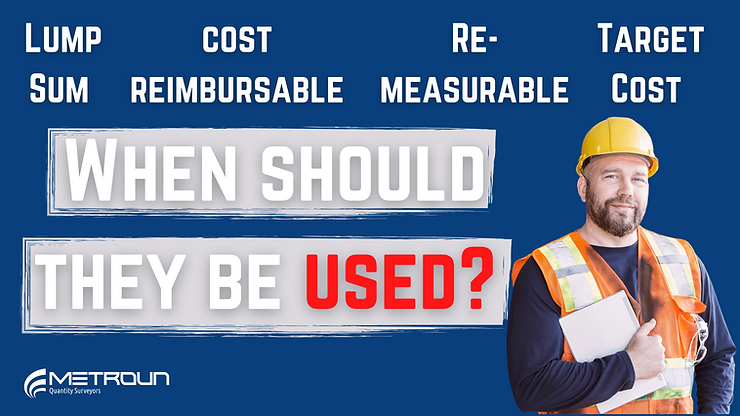Construction Cash Flow Forecast

As stated by the Royal Institution of Chartered Surveyors, “Cash flow is the lifeblood of the construction industry and relates
What are Turnkey Projects?

A Turnkey project is the name given to a delivery method where a single contractor works with the client under
Is it time to include Fluctuation Provisions in your JCT Contracts?

The BBC and other news outlets have been coming out with some scary stories recently in relation to the ever
Top 4 Construction Procurement Routes Compared

A choice every employer will have to make when considering a construction project is what procurement route to choose. If
NEC4 Defect Management Explained

What happens when the client discovers a defect on your project? It might not be something you’ve thought about before.
Good Vs Bad Graduate Quantity Surveyor Jobs

If you’re reading this post, you’re probably one of two people. Either you’re a loyal Metroun subscriber who reads every
What Is Project Cash Flow In Construction?

One of the most common reasons companies go out of business is because they simply run out of cash. Construction
Construction Contracts Compared | Lump Sum, Cost Plus, Re-measurable & Target Cost

If you’ve ever had construction or maintenance work carried out in your home, then you already know the different ways
How To Create A Construction Risk Register

Managing risk is a key and vital element of any construction project and the effective reduction of risks tends to
Blockchain Will REVOLUTIONISE Construction | Here’s How

Unless you’ve been living under a rock for the last few years, you’ve probably heard of cryptocurrencies. However, you may


